Design thinking is a transformative way of working, but it only transforms when it’s shaped to meet organizations and teams where they are.
I’m certainly not the first person to claim that design thinking needs to be reimagined. After becoming the star of consulting for many years, design thinking has been maligned, outdated, outmoded, and out of touch.
I can’t say I entirely disagree…and my career has been built on design thinking.
How did we get here and what can organizations do to realize the benefits of design thinking without tripping into the common pitfalls? Here are my 5 tips:
The mindset shift is the most impactful piece of the design thinking process.
Design thinking works when you begin to fit it into the way your organization already works.
Words that skew too “business-y” can create a gulf and breach of trust, making it difficult to infuse any element of design thinking where it might be helpful.
Embrace “safe enough to try” — what makes sense as an approach that’s reasonable based on the current culture and resources at your organization?
Buy-in of middle management is imperative.
I didn’t come to these learnings easily, but nearly two decades of design thinking consulting have taught me that business transformation through design thinking is possible when we focus more on mindsets and less on a massive design project.
Below, I’ll explain how each of these tips can come to life in your organization.
The Promise & Problems with a Design Thinking Approach
As services firms began to adopt design thinking as an approach to professional services and consulting, many people were opting for the “I need a massive design thinking project” approach.
These projects would be multi-month partnerships where, typically, the end goal was to have a testable concept (usually a product or a service) that the client would launch and expect a business return from.
That’s a great approach, and it’s led to many impactful solutions, one of my favorite being Doug Deitz’s story of the redesign of a kids’ MRI experience.
However, over the course of my consulting career, a truth has emerged: massive design thinking projects aren’t helpful for everyone.
I’ve worked with a lot of organizations facing real constraints, whether they are non-profits operating on limited budgets or massive corporations navigating intense regulatory pressure.
These organizations have established cultures, structures, and norms that often aren’t flexible enough to immediately accommodate a radically different way of working to make a design thinking project plausible.
Training is also a challenge. When consultants try to parachute in, teach organizations design thinking, and wish them luck as they figure out how to reconfigure their entire way of being, design thinking begins to be seen as a “nice thing” in theory but useless in reality.
And what’s more frustrating for an organization than to have invested in training, only to realize they can’t use it?
As I’ve worked with many amazing facilitators and with many different kinds of organizations, I’ve come to a different conclusion: the biggest impact of design thinking is not in its process, but in its mindsets.
Design Thinking Is All About Shifting Mindsets
Traditional design thinking is taught as a 5- or 6-step process, generally taught in a linear fashion. I have taught it this way many times.
There’s value in that. Most teams go straight to ideas before building empathy or ensuring they’re solving the right problem. That shift can be really powerful.
But what I have come to believe is that the mindset shift is the most impactful — and the most possible for teams to deploy. Here’s an example:
Folks familiar with design thinking are usually familiar with the concept of divergent vs. convergent thinking — the idea that thinking to generate ideas and thinking to prioritize/make decisions are different.
This is typically taught as a precursor to brainstorming. I have found over the years, however, that this concept alone can be paradigm-shifting for companies.
I’ve found the most impact when I introduce this concept, have my clients practice it, and then talk about where and how to apply it in their existing structures.
One way to do this is to start small, such as labeling meeting invites as “divergent” or “convergent” so that attendees know which mindset to bring into the room. It has been shown that this simple action has real impact.
This brings me to another shift I believe is necessary in how we teach and apply design thinking…
See Where You Can Fit Into Existing Structures
Some companies are ready to transform the way they work — but most companies aren’t.
Meaningful change is often slow and steady and requires proof of concept before an entire culture can adopt a new way of working.
In addition, especially for constrained organizations like schools or non-profits, they simply can’t restructure to support an entirely design-led organization.
They can, however, begin to fit design thinking into the way they already work — using it to change how meetings are organized and run (work we often help clients with), integrating empathy interviews into an ongoing project, or sketching out a prototype of a strategy to share with a key stakeholder.
Focus on Shifting the Language
Language is powerful. For some cultures, the language of design thinking (“end user!” “prototyping!”) is exciting and energizing. For others, it’s alienating.
I’ve worked with many education organizations. While design thinking is certainly seeping into the lexicon in education, it’s still new. Many educators who have been sold many useless professional development sessions or strategies are rightfully skeptical about business terms and ideas that are proposed as equally relevant in the education space.
Words that skew too “business-y” can sometimes create a gulf and breach of trust, making it difficult to infuse any element of design thinking where it might be helpful.
I’ve learned to shift my language so that I’m speaking the language of my clients. And this requires, of course, empathy — what work are you already doing that expresses a design thinking mindset or approach? How can we acknowledge and celebrate that? What language feels right (“beneficiary” instead of “user,” for example) so we can make design thinking fit you, and not the other way around?
A Bite-Sized Approach Is How It Sticks
Some organizations might be ready to do a full, soup-to-nuts design thinking project — and that’s awesome! Others, however, can only bite off bits and pieces.
I encourage clients to go for what Anthony Kim describes as “safe enough to try” — what makes sense as an approach that’s reasonable based on the current culture and resources at your organization? As above, where can you infuse this human-centered orientation into your existing structures?
It Needs to Be Focused on Middle Management
Leadership needs to be visionary enough to embrace design thinking, usually an anathema to how organizations are structured.
In my experience, however, design thinking won’t stick without the buy-in of middle management. They’re the one dictating how employees’ time is being used and how they’re being evaluated — and if they aren’t cultivating design thinking mindsets or being asked to participate in the work, it won’t stick.
Design thinking completely changed the way I see the world, and the way I operate in it. I believe it can continue to make meaningful change in the world by shifting how people work with each other. But this is only true if deployed without the preciousness that has made it often seem nebulous and unhelpful and, instead, carefully, thoughtfully, and empathically.
Does your organization need a rethink? Contact The Group Forward to see if design thinking is the right approach for you! We offer a full suite of facilitation and consulting services for whatever you need to move your team forward.










